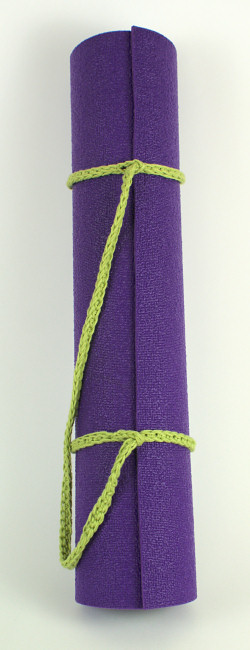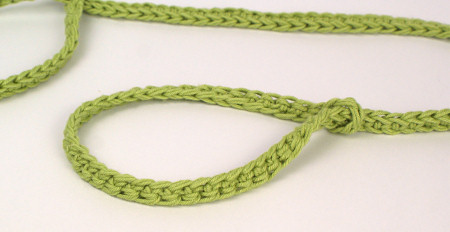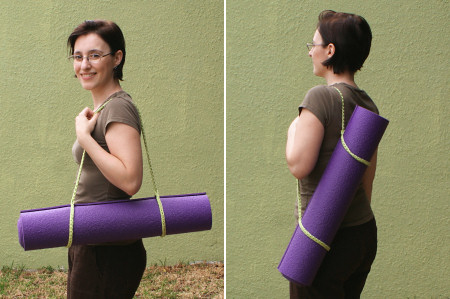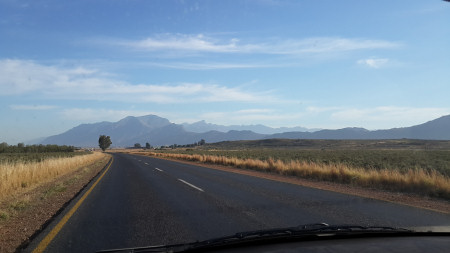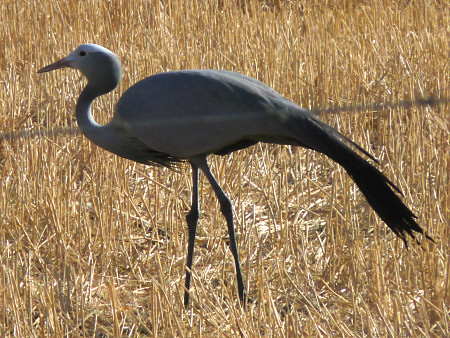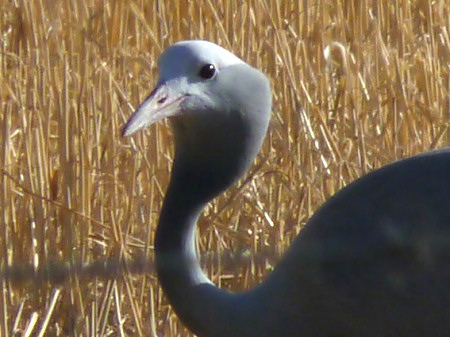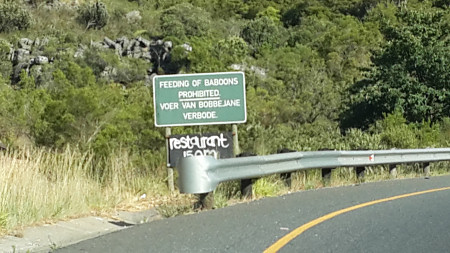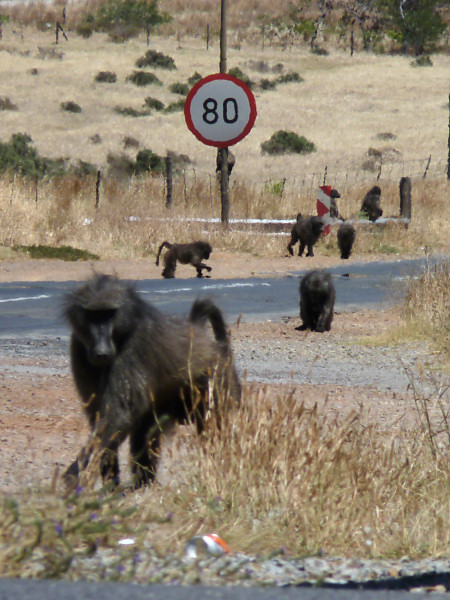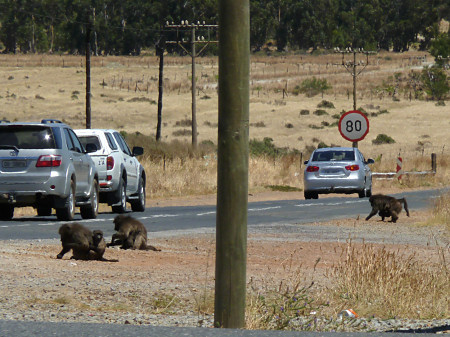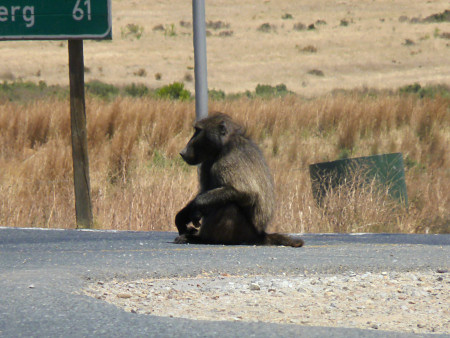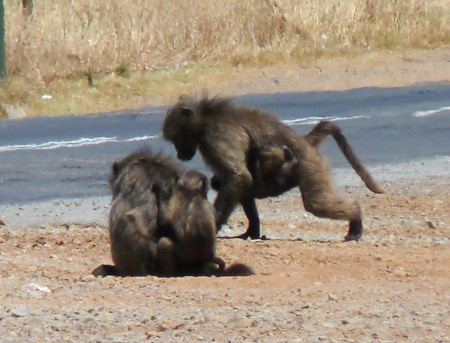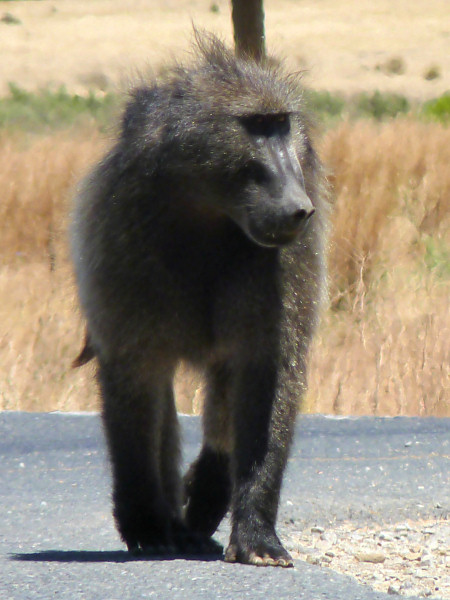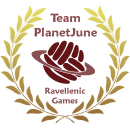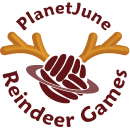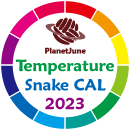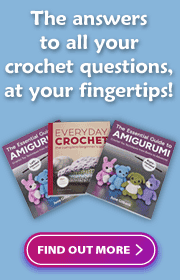Time for a confession: my time management has had a bit of a hiccup, because of the book. I assumed that, at this stage, all I had left to do was a final read-through of basically perfect pages, but I grossly underestimated this stage of the book production process.
We’re now at the critical stage where all the different jobs – editing, photography, design and layout, illustration – come together for the first time, and all those elements, expertly created by different people, have to be carefully aligned and tweaked to get all the pieces to come together perfectly.
The reason for my misunderstanding is that neither of my other books had this stage: Paper Chains & Garlands was much simpler in terms of design and content, so there was little that could go wrong; and The Complete Idiot’s Guide to Amigurumi had no page design beyond the stylesheet, and all the photographs and illustrations were inserted exactly as I provided them, so, again, the pages needed little more than a cursory glance from me at this stage.
Idiot’s Guides: Crochet will be very different, with clean, attractive page layouts and professional photography – it’s very exciting, but it just takes much longer to get it all right. Each page needs to be tweaked and cuts may need to be made to get it all to fit beautifully into the design without losing any essential information.
Collaborating with the rest of the team to make sure everything ends up perfect would be painstaking and time-consuming work in the best case, but, as I’m also on the other side of the world from my team, their working day is only just beginning as mine ends. I stay up late every time we need a meeting, and email exchanges usually take the best part of 24 hours to get a simple yes/no reply, and much longer if it’s a back-and-forth conversation!

I had to pull a few 12-hour days trying to get my Baby Sea Turtle Collection published in time for the Rav Games as promised while all this was going on. The pattern has had a great response, so I’m happy I did that, but I can’t keep overdoing things.
For the next couple of weeks, I’ll still be busy checking and re-checking every page of the book, to make sure the book is as close to perfect as we can get it before it goes to print. I’m not going to cut corners with this crucial step, so that means I’ve had to drop the ball on a few other things…
CAL roundups
This is a good thing really – it’s a clear sign that my CAL roundup posts need an overhaul. I just don’t have the time to put together roundup posts as I have in the past, but I’ve come up with a neat solution!
From now on, I’ll be posting a screenshot from Ravelry as a sample of the CAL entries, and you can click through to see all the entries in full. (This does mean you’ll need a Ravelry username to see them all, but it’s free to join and hugely beneficial to anyone who crochets (or knits). If you haven’t joined already, now would be a good time – and then come and join the PlanetJune group too so we can help you get to know Rav better!)
This change also has a big benefit for CALers: no more image dimension requirements! Upload any photos you want to your project, any size or shape, tag your project with the CAL tag (v important!), and you’re entered. My summary screenshot will show the projects with the most favourites, so it’ll add a little friendly competition – take the best photos you can and see if you can make it into the top 12 so your project will appear in the summary pic 🙂
Let’s start this off now with the January CAL roundup that I missed: the 2013 Designs CAL. All the designs I released in 2013 were eligible for this CAL, which led to a nice variety of projects. Here are just a few of the lovely entries we had:

Click through to Ravelry to see all the 2013 Designs CAL entries!
(It’s a process… For the next roundup, we’ll know that everyone should tweak each project’s first photo so the project doesn’t fall off the edges of the thumbnail, as some of these do! Do click through to see them all in their full glory.)
Meerkat Design Process
The additional book work has thrown a huge spanner in the works for my plan to share the progress on my Meerkat design as I go. Something as demanding as a new design is always a challenge, and even more so if I’m sharing the details of designing it as I go – quite a nerve-wracking proposition for me!
I’ve only been able to write the first update so far, and now I think it’ll be better all round if I postpone the entire plan until after my book commitments are complete. The book and the meerkat commission both deserve my full attention, and that’s not going to happen if I try to do both simultaneously.
I’ll still share my design process as promised, and the commissioners will still get their Meerkat pattern in the not-too-distant future, but I’m going to set this aside until the book is 100% finished. I think I’ll make the Meerkat design process into a series of blog posts instead, hopefully running throughout March.
Finding a Balance
This year, I’m trying to keep a flexible attitude and be willing to change plans to keep my work level more manageable. So, although the Meerkat is on hold for a couple more weeks, I am using my non-book time productively – I have another couple of (less stressful) designs in the works, so there will be more PlanetJune patterns coming soon.
I feel confident that, once the book work is really out of the way (as I mistakenly thought it already was!) I’ll be able to find a balance without over-committing, and my life will finally calm down. And I’m really looking forward to getting stuck back into PlanetJune full time – there’s so much I want to do, and I can’t wait to be able to show you some of the other exciting designs that currently only exist inside my head – the Baby Sea Turtles were just the beginning…



